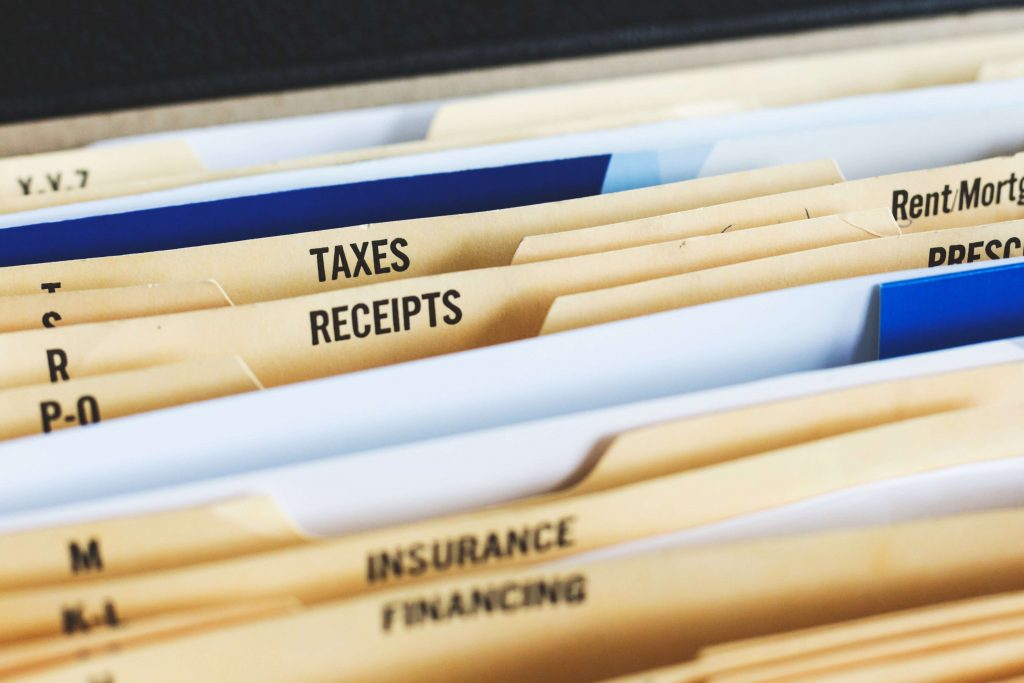
Tax Guide For Online Entrepreneurs In The US (Part 1)
As the dreaded tax season approaches, you will have to exhaustedly prepare your financial records and figure out how much you need to pay the government. If you own an e-commerce store instead of a physical one, you can avoid some expenses like rent, utilities, etc. However, there are certain taxes that even online businesses can’t escape. These below steps will surely help you to ease your woes.
Step 1: Set up tax date reminders in your calendar
At some point early every year, Americans begin scrambling to figure out what tax forms they must fill and submit to the government as late submission shall lead to strong punishment. The official deadline for a tax return is due on 15 April, unless there is something that interferes with this timing. For instance, if a tax deadline falls on a weekend or holiday, it will be moved to the next working day. However, there are some documents due before that date which you always need to remember:

31st Jan: W-2 and 1099 tax report due
By 31st Jan, annual wage and tax reports must be sent to employees and independent contractors who did work with you in the past year. Generally, W-2 forms are used for employees and 1099 forms are used for contract workers and outside businesses you made payment (from $600 and above) to. A copy of these forms must be submitted to the IRS by the end of March.
15th Mar: Deadline for partnership tax return
Previously, it was in April. However, it has recently been moved to March so that individual partners can receive Schedule K-1 showing their individual share of the partnership income or loss, which needs to be submitted in April on their personal tax returns.
15th Apr: Corporation income tax return submission
The required forms are 1120 and 1120-S, or you can request an automatic six-month extension of time to file.
15th Apr: Individual tax return filed
You can choose to fill form 1040 or request an automatic extension.
Step 2: Gather your receipts
One tip to keep good records is to file them as they come in. This will make it easier at tax time. If receipts still give you a headache, consider using online tools to maintain paperless records by scanning receipts, organize and save them digitally. Below are some popular tools to support you on the way.

Expensify (from $5 per month)
With corporate card payment, Expensify will auto-collect receipts. Other expenses can be imported with manual entry. The Expensify app also allows you to photograph receipts with your smartphone and categorize them. SmartScan technology will automatically create an expense report when you snap a photo of your receipt.
Evernote (FOC for 2 devices per account)
This software helps you organize your files by keeping pictures of all your records in sync between your smartphone, computer, and tablet. If you have plenty of money, you can buy a ScanSnap Evernote Edition Scanner, manufactured by Fujitsu, which can pull all your receipts, documents, photos, and any other physical content into Evernote.
ShoeBoxed (from $29 per month)
If you want to digitize and archive important paper documents in a single and secure location, ShoeBoxed is one preferred option. It can turn scanned images into extracted, human-verified data that is organized, fully searchable and available.
Step 3: Maintain a good bookkeeping system
If you keep good records and professionally operate your business, you should find tax compliance pretty easy. Accounting records tell you how your venture is doing financially. They can prove to the auditors some or all of the items on your tax return.
You can either outsource your bookkeeping service or hire an in-house bookkeeper. The experienced one will know many of the answers to tax questions. Ideally, you should be using business accounting software to generate your financial records.
If you present the wrong data to tax officers, you may be accused of trying to cheat the federal government.
When you record business transactions in your book, there are 2 main methods: single-entry and double-entry. The single-entry system is where only one entry is marked as either debit or credit for a specific operation. It doesn’t require much skills and knowledge, but it means nothing if you want the data to tell the financial position of your company. On the other hand, the double-entry system ensures that for every single debit entry, there is one corresponding credit entry recorded. It is a sophisticated method that needs expertise to accomplish. However, a double-entry system is useful when you make a trial balance or financial statement of your business. Depending on your time, budget, and management style, you can choose a suitable method by yourself.
Step 4: Learn about sales tax laws
Another name for sales tax is ‘consumption tax’. Because it’s only charged when a buyer purchases goods or services. A seller charges sales tax to the buyer, and then remits it to the government.
If your business operates in a location that imposes sales tax, you had better also understand sales tax nexus, which will determine whether your presence is significant to collect sales tax. Nexus presence includes workers, property, warehouses, and inventory. For online businesses, owners must collect sales tax if the company has nexus in the state of delivery. However, each state has its own rules and procedures for the collection of internet sales tax, consider checking with an accountant to keep track of the ever-changing information.

Another note is that you need to register for a sales tax permit at your state’s taxing authority before you can begin collecting.
Of course, there are several more steps to help you tackle the tax problem, which will be presented in part 2 of this article.
For now, if you haven’t owned an e-commerce store yet, try one with Shopify using our stunning apps. When you start selling online and have to figure out how much you need to collect, you will surely find our words valuable.




